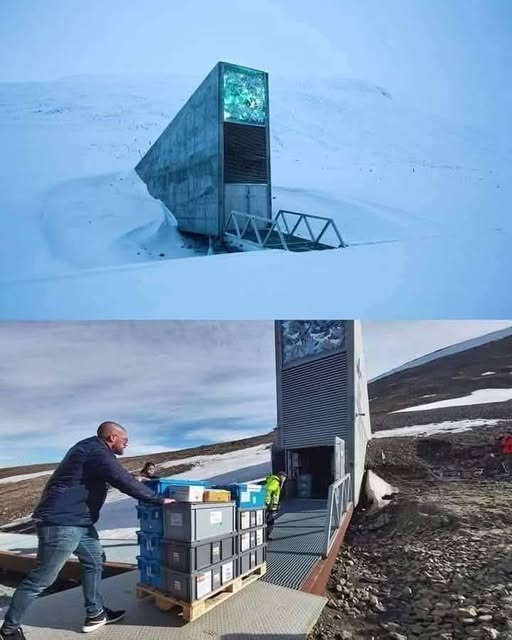Inside shelves stretch into the darkness, capable of holding up to 4.5 million distinct seed varieties—from staple grains like rice, wheat, and maize to heritage vegetables and grains that thrive only in specific local climates.
The vault’s founding partners—the Norwegian government, the Crop Trust, and the Nordic Genetic Resource Center (NordGen)—share a simple but profound vision: to offer every nation a fail-safe insurance policy for its agricultural heritage. When civil war damaged Syria’s gene bank in Aleppo, researchers tapped into Svalbard’s reserves to reestablish critical seed stocks in neighboring Lebanon and Morocco, proving the vault’s value in real-world crises.Depositors retain full ownership of their seeds, sending tightly sealed, climate-controlled packages that are cataloged and stored like precious heirlooms. Today, more than one million samples from over seventy institutions and nations rest in peaceful freeze, each one a testament to international cooperation and the shared belief that food security transcends borders.
The Svalbard Global Seed Vault rarely makes headlines—and that’s by design. Its work is slow, steady, and almost invisible, mirroring the pace of seeds themselves as they wait, dormant yet full of potential. Yet within this silent sentinel lies a powerful message: that foresight, diversity, and unity can guard against the unknown challenges of tomorrow. In a world increasingly defined by uncertainty, the vault stands as a frozen ark of hope, reminding us that as long as there are seeds to plant, there is a future to cultivate.
